Solo travel gets a bad rap because of some common myths. People often think it’s unsafe, isolating, or only for thrill-seekers. The truth? These fears are mostly made up. What really stops us are the false ideas we believe. Once you let those go, traveling alone can be life-changing.
- People think it’s unsafe.
- They assume it’s lonely.
- Only “adventurous” types can do it.
In reality, solo travel can help you grow, discover new places, and meet amazing people. Don’t let fear hold you back.
Myth 1: Solo Travel Is Dangerous (Especially for Women)
The idea that solo travel, especially for women, is dangerous is often overstated. With smart precautions, it can feel safer than some places at home. Here’s how to stay safe and what the data says about popular spots.
Practical Safety Tips For Solo Travelers
No matter where you’re headed, taking proactive steps to manage your safety can make all the difference. These tips have personally helped me feel more secure while exploring the world alone:
- Get travel insurance. It covers unexpected problems like missed flights or accidents. I never travel without it.
- Share your itinerary with someone you trust. Apps like Google Maps let you share your location in real time.
- Choose safe, well-reviewed places. For hostels, check for female-only dorms. For Airbnbs, confirm secure door locks.
- Plan your rides. Avoid arriving late at night and book transportation to your stay in advance.
- Pack Essentials. Bring a whistle, personal alarm, or pepper spray if allowed. Save emergency contacts in your phone and wallet.
It’s not about living in fear; it’s about staying prepared so you can explore confidently.
Dispelling Safety Statistics
Many popular travel spots are often safer than big cities like Los Angeles or New York.
For instance:
- European Destinations: Countries like Switzerland and Austria consistently rank among the safest globally. They boast low crime rates and high levels of tourist safety.
- Southeast Asia: Well-traveled spots like Thailand and Vietnam have peaceful reputations and are welcoming to solo female travelers.
- Central America: While specific regions in some countries may require extra caution, places like Costa Rica are celebrated as safe and beginner-friendly for solo women.
Over 70% of solo travelers recently said they felt safe. Experts suggest staying aware and prepared matters most, no matter the destination. Be cautious, especially at night.
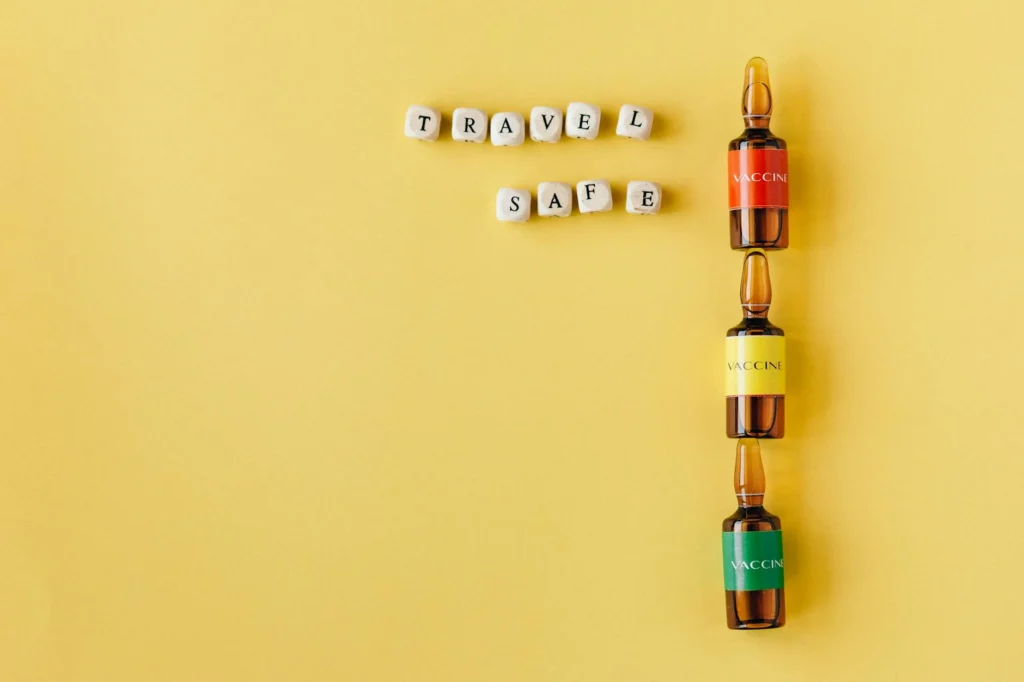
Solo travel isn’t about recklessness; it’s about calculated risks and independence. Some of the safest experiences I’ve had occurred in places others warned me about, proving how preparation often outweighs fear.
Myth 2: Solo Travel Is Lonely
Solo travel isn’t lonely by default. It’s a chance to connect—with others, new cultures, and yourself.
Building Connections On The Road
Linking up with other travelers or locals starts with choosing the right environments. Social hostels, group tours, and digital tools can turn any solo trip into a networking opportunity.
- Stay in hostels: Shared spaces and events like trivia nights or dinners make meeting people easy.
- Join group activities: Take a class, tour, or hike to explore and meet others naturally.
- Use travel apps: Apps like Meetup or Backpackr help you find and connect with travelers nearby.
Socializing doesn’t mean giving up personal space. Join in when it feels right, and enjoy moments that matter.

Embracing Solitude And Independence
Solo travel isn’t lonely—it’s freeing. You choose what to do, build confidence, and focus on what matters.
Simple moments like reading in a café, jotting down thoughts, or wandering off-course create a mix of adventure and reflection. These experiences show that solitude can be as rewarding as sharing time with others.
Myth 3: Solo Travel Is Expensive
Solo travel can feel expensive without someone to share costs, but smart planning makes it affordable. You control every dollar.
Budget-Friendly Tips For Solo Travelers
Solo travel doesn’t have to mean skimping on experiences. With a little planning and creativity, you can stretch your money further while still enjoying your trip.
- Stay Somewhere Affordable: Hostels now have clean, safe options, often with private rooms. House-sitting or Airbnb works well for longer stays.
- Find Free Things to Do: Look for free walking tours, parks, or landmarks. Many museums have free or discount days.
- Travel Off-Season: Avoid peak times for cheaper flights, lower rates, and fewer crowds. Shoulder seasons are a great option.
- Eat at Markets: Local food markets offer cheap, authentic meals. If you have a kitchen, cooking saves even more.
With these tricks, solo travel transforms into a game of finding quality experiences for less.

Benefits Of Financial Independence When Traveling Alone
When you’re solo, the only budget that matters is yours. No more compromises on someone else’s fancy preferences or cutting corners to match their thriftiness. It allows you to make decisions that fit your priorities.
- Control Your Budget: Spend where it matters to you—splurge on an Airbnb or stick to street food.
- Room for Spontaneity: Change plans anytime—grab a last-minute deal or stay longer without worrying about a group.
- Set Your Own Pace: No rushing through plans. Explore freely and save by skipping constant tours.
In short, traveling alone means luggage full of financial independence. It’s where you learn to maximize every penny without external influences or mismatched travel habits.
Myth 4: You Need to Be Extroverted to Enjoy Solo Travel
Solo travel isn’t just for extroverts. Introverts can enjoy it too—it’s about choosing what feels right for you.
Ways Introverts Can Enjoy Solo Travel
Introverts often prefer moments of quiet reflection over bustling social settings, and that’s a perfect match for solo travel. The beauty of traveling alone is the freedom to shape your journey around your natural preferences.
- Join small tours or group activities like cooking classes or walking tours. They’re fun and low-pressure.
- Stay somewhere social but private, like a boutique hostel with common areas.
- Enjoy solo moments—tea at a café, reading in a park, or exploring a museum at your own pace.
- Use apps like Meetup to connect with others when you feel like it.
Solo travel isn’t a one-size-fits-all experience. If you’re naturally reserved, there are plenty of ways to travel solo that work perfectly for you.
Balancing Social and Independent Travel
One of the best aspects of solo travel is the ability to choose when to engage with others and when to enjoy solitude. Striking the right balance is key to making the most out of your trip.
- Plan a mix of group activities and solo time. Join a tour in the morning, then explore alone later.
- Pick lodging that fits your style. Hostels are social; hotels give privacy. Switch it up if needed.
- Chat with locals or fellow travelers for tips and easy conversations.
It’s all about flexibility. You’re in charge of crafting a trip that nurtures both your inward energy and curiosity about the world.
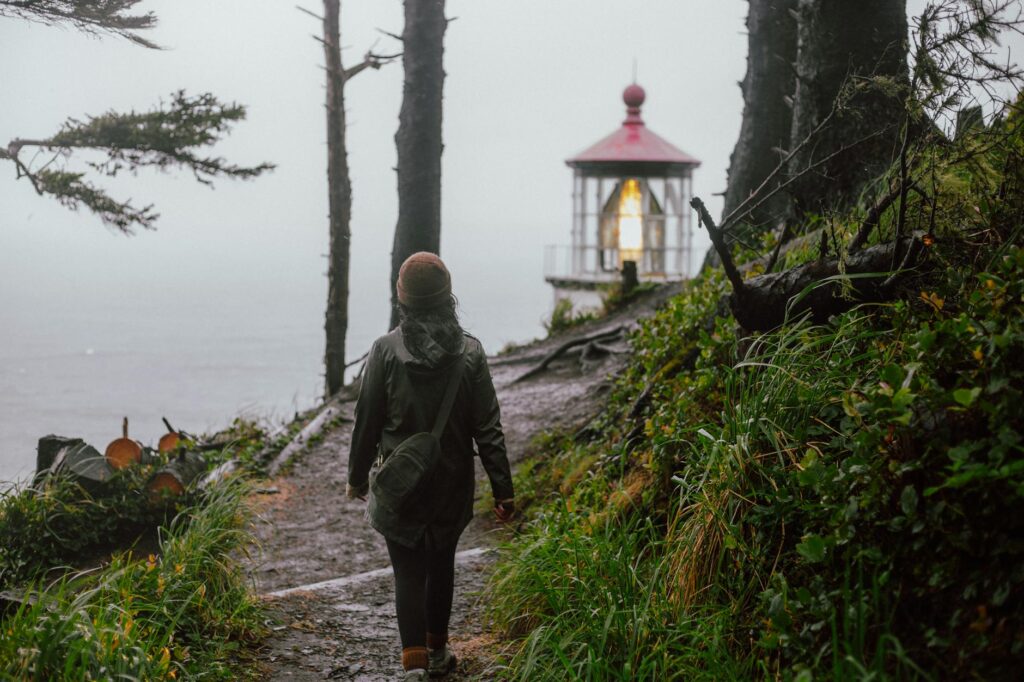
Whether you’re interacting with locals or soaking in a serene landscape by yourself, solo travel is deeply personal and adaptable to your needs.
Myth 5: You Have To Plan Every Detail In Advance
Planning every detail of a solo trip can feel essential, but leaving room for spontaneity often leads to the best experiences.
How To Balance Planning And Spontaneity
Traveling solo doesn’t mean skipping planning. Book your flight and first few nights ahead, but keep the rest open for surprises.
Here’s how I approach it:
- Book The Necessities: Flights, the first night’s stay, and key activities (like a sought-after hike or popular event) are non-negotiable for me. Having these secured means peace of mind.
- Leave Gaps For Exploration: I block certain days as “unplanned,” giving myself the freedom to linger in a charming street market or follow a local’s recommendation.
- Research Backup Options: Instead of locking myself into a rigid timetable, I jot down ideas for things to do, but I don’t decide until the day comes. It’s less pressure and keeps things exciting.
- Use Mobile Planning Tools: Apps like Google Maps and Rome2Rio help while I’m on the go, ensuring I don’t miss directions or nearby attractions—perfect for spontaneous detours.
Balancing preparation with flexibility isn’t just smarter; it’s essential for making solo travel a joyful experience. Pre-book just enough to ensure security while keeping an open slate for life’s surprises.
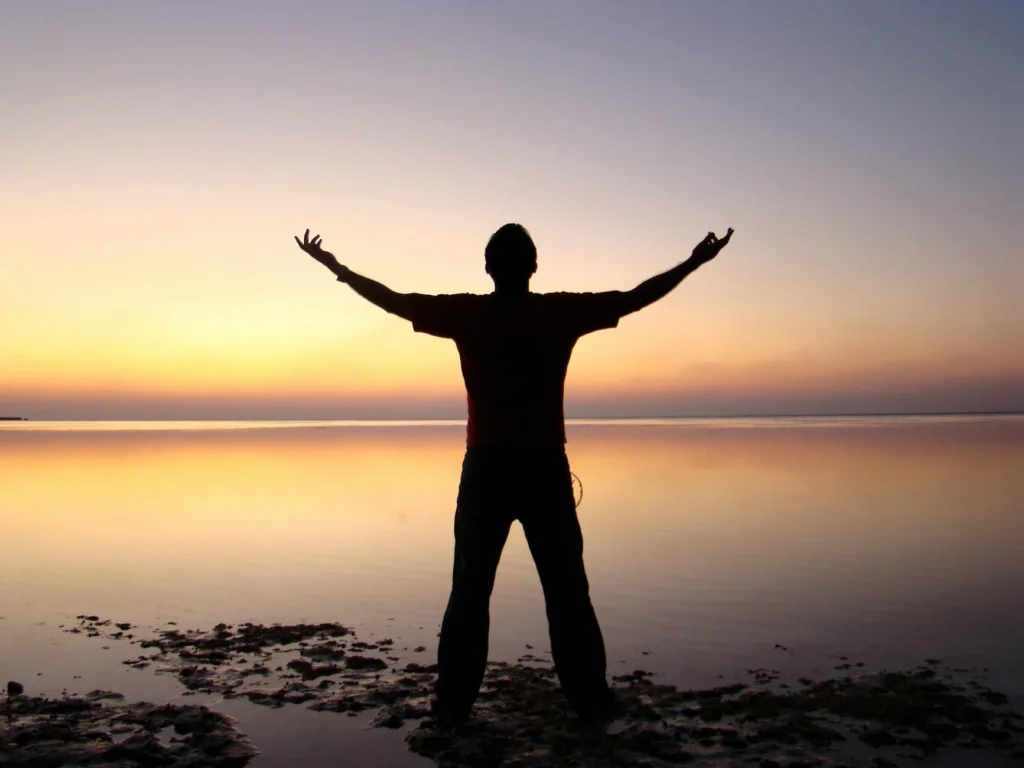
The Joy Of Unexpected Discoveries
Letting go of plans created my best memories. A day in Bolivia became a week in Uyuni with new friends. Food poisoning delayed my Italian hike but led to amazing pasta in Sicily. These moments stood out because they weren’t planned.
Unplanned moments often create space for extraordinary experiences:
- Stumbling Into Local Festivals: While walking through town in Thailand, I found myself at a lantern festival I hadn’t known was happening. It was breathtaking.
- Unique Conversations: Skipping one museum for a local café gave me the chance to chat with an elderly baker in Budapest who shared his life story over strudel.
- Changing Itineraries For Connections: After meeting fellow travelers in Hanoi, I adjusted my plans to explore Ha Long Bay with them—a detour that became a highlight.
These experiences taught me that the best moments in travel rarely go according to plan. Keep your heart and schedule open; you might just discover something unforgettable.
Wrapping It Up
Solo travel can feel overwhelming at first, but it’s an exciting way to grow and explore on your own terms. Many fears about it come from myths, not facts. Once you challenge those myths, you open yourself up to new experiences.
Traveling alone helps you find confidence and independence. You learn to trust yourself, enjoy your own company, and see the world from a fresh perspective. It’s not as scary as you might think, and you’re stronger than you realize.
- Start small with a weekend trip.
- Research safety tips for solo travelers.
- Pack light and stay flexible.
- Trust your instincts and stay aware.
Let go of fear and try it for yourself. Every solo trip becomes a story that’s worth telling.
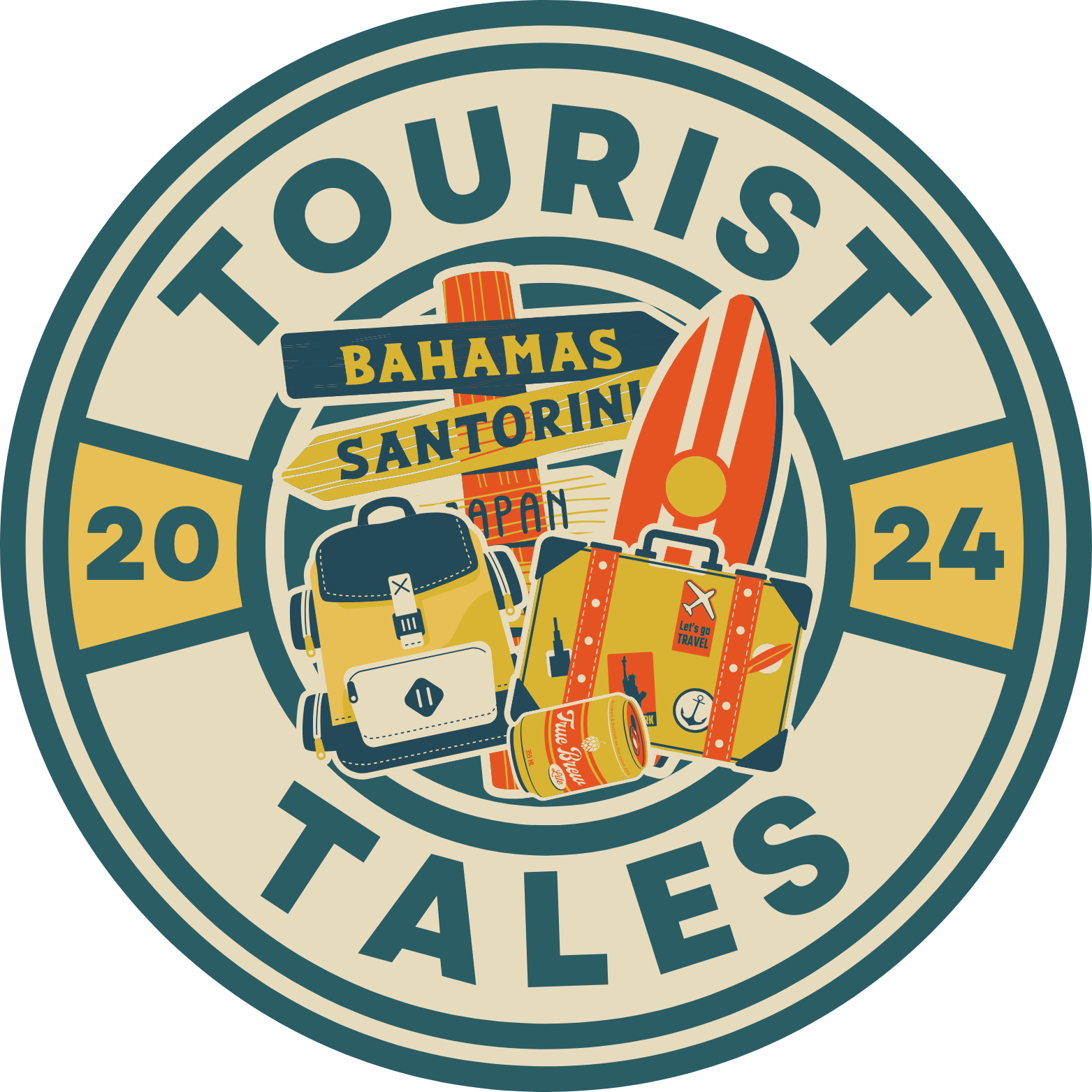
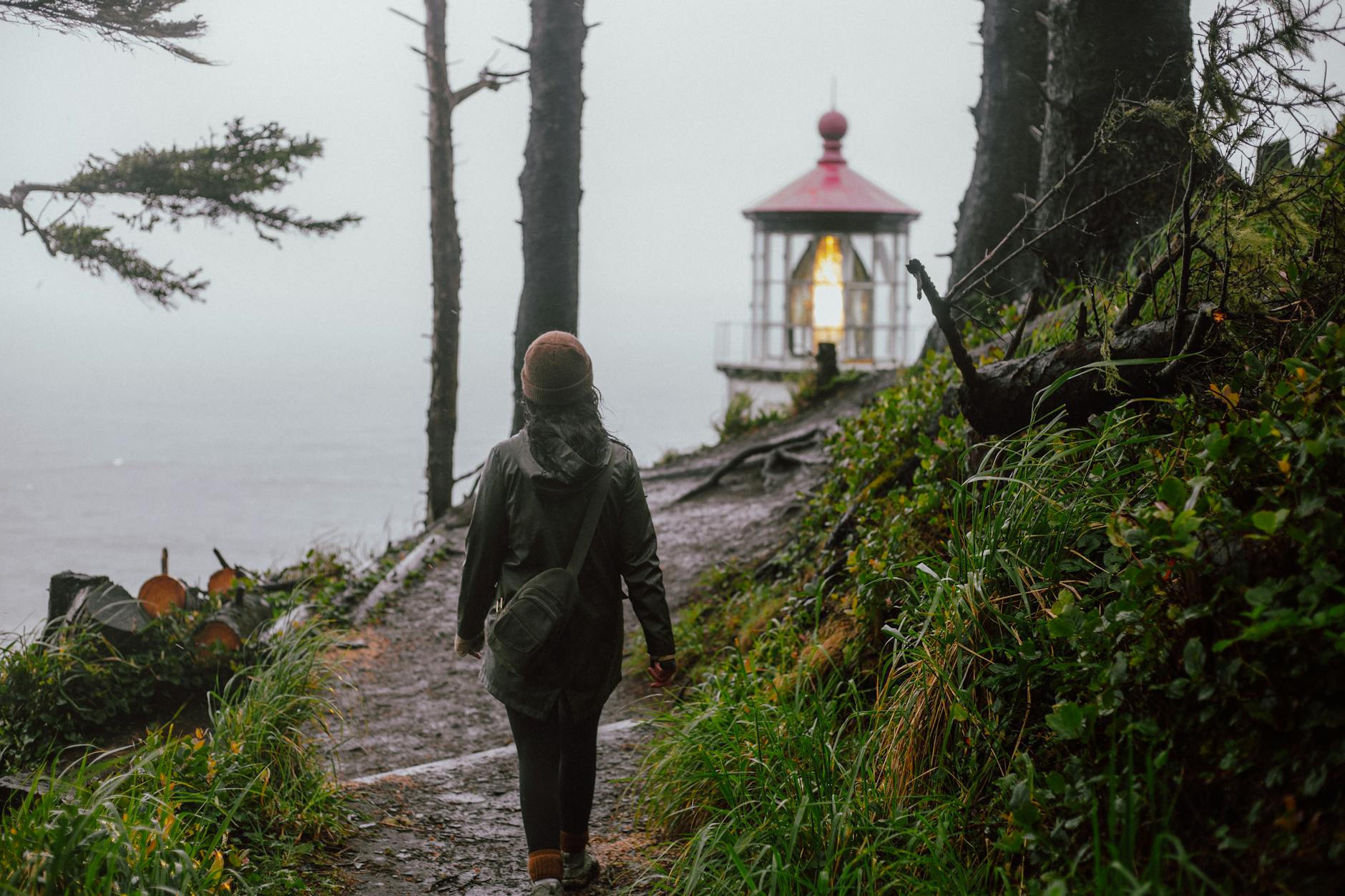
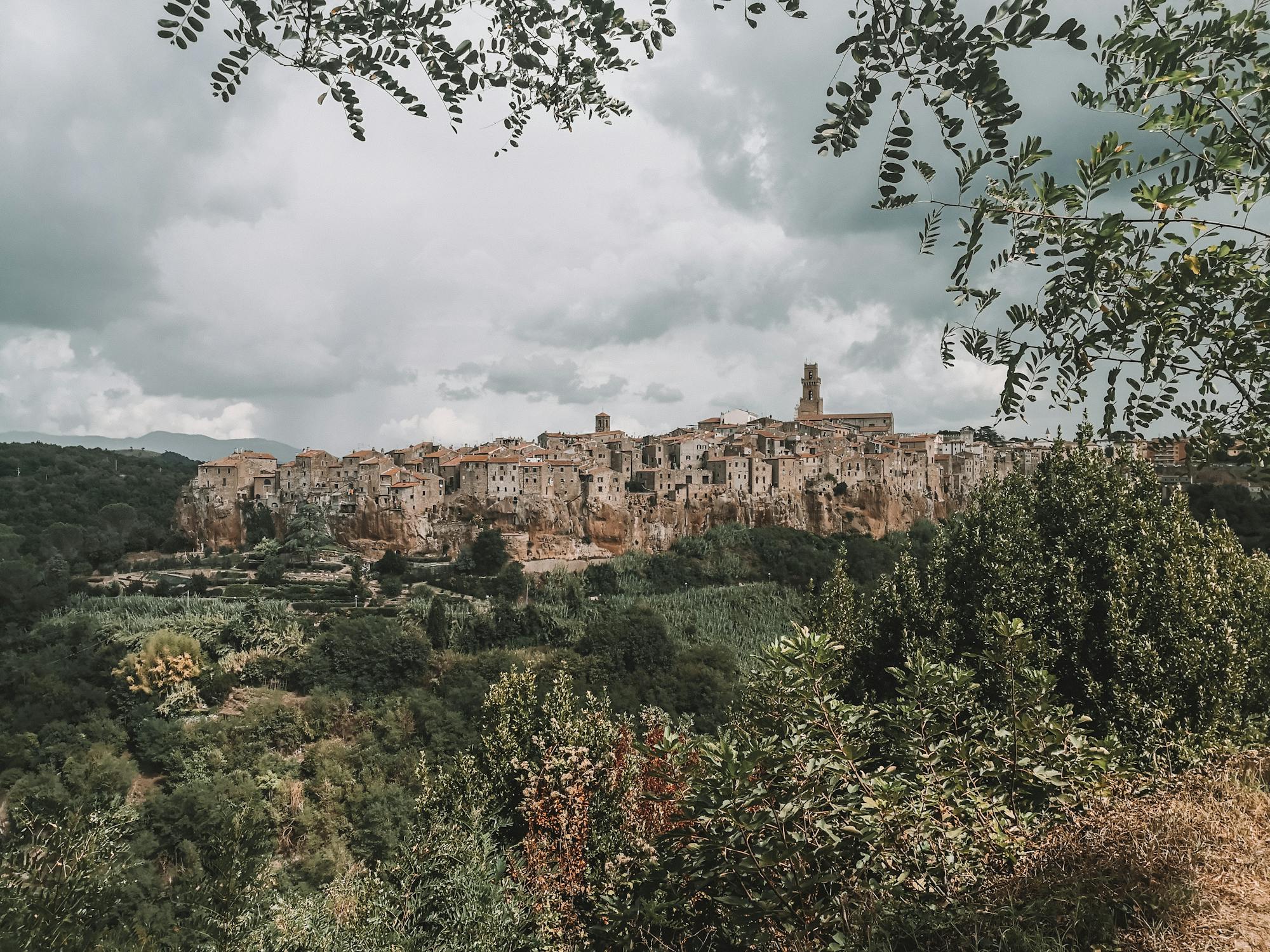
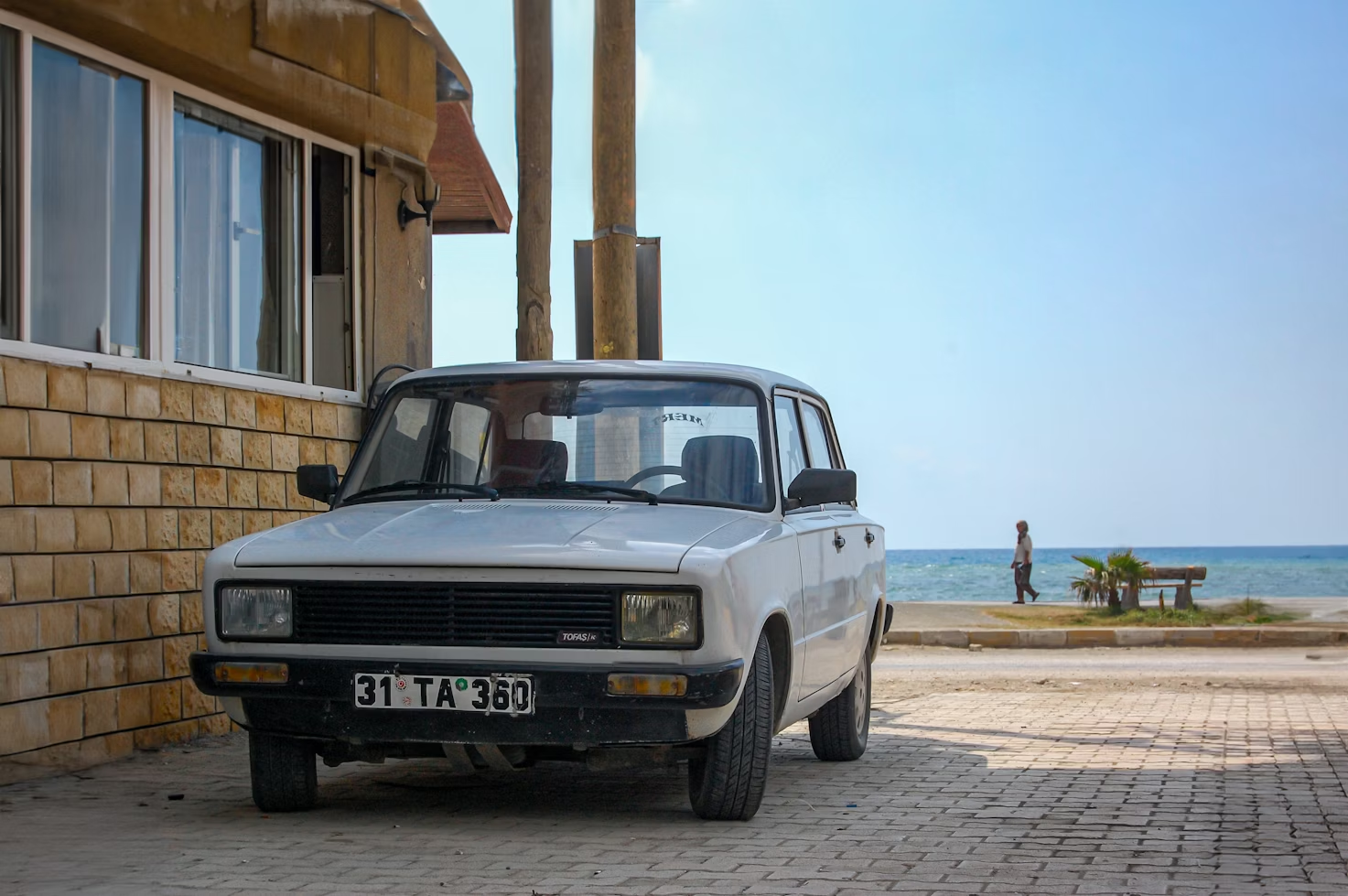
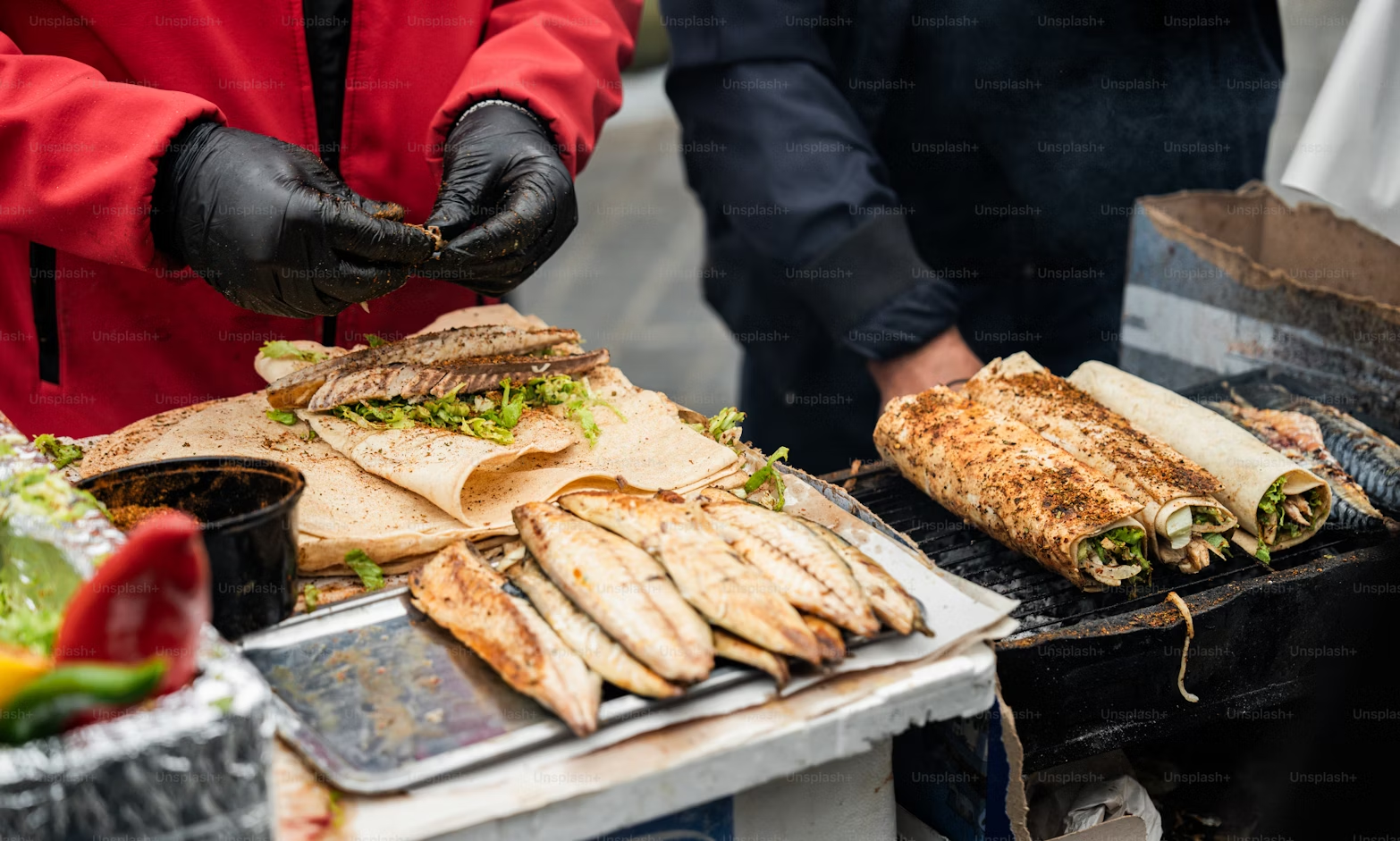
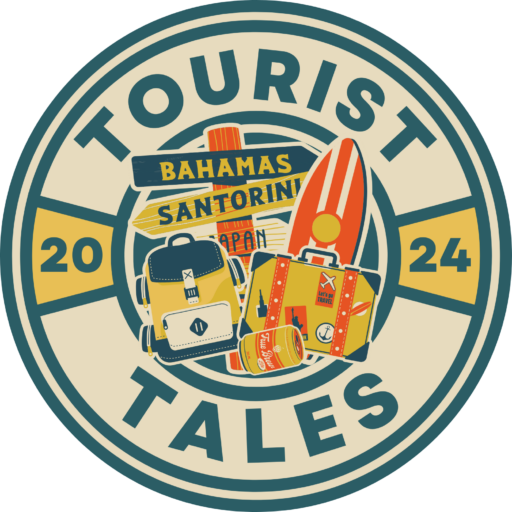
11 Responses
Loved the part about embracing solitude while traveling solo. It’s really an eye-opener for people who’ve never tried it before. Being on your own in a new place can teach you so much about yourself. Great read, TouristTales!
Budget-friendly tips for solo travelers hit the nail on the head. I’ve been living this lifestyle for years and it’s incredible how manageable expenses become when you’re smart about it. Cheers for putting it all together.
reading about solo travel being lonely kinda scares me but i wanna try it. any advice for first timers to not feel so alone?
Hey jennybeans, the best advice I can give is to stay in hostels and join local tours. You’ll meet loads of fellow travelers. And remember, it’s okay to enjoy some alone time too!
Absolutely adore the idea of finding joy in unexpected discoveries! That’s the essence of travel for me. Stumbling upon that little café or hidden gem just makes my day. 🙂
Could you expand on the balancing social and independent travel part? I’m trying to figure out the right mix so I don’t end up feeling too isolated.
Always thought you had to be an extrovert to really enjoy hitting the road alone, but I’ve found my introverted self loving the solo travel lifestyle. The article’s spot on – it’s all about finding what works for you. Sometimes I’ll chat up strangers, other times I’m happy just observing. Solo travel ain’t just one size fits all.
This article is everything I needed and more. I’ve been so worried about planning every detail of my trip, but learning about the joy in spontaneity is super reassuring. Thanks for sharing, TouristTales!
solo travel sounds so COOL after reading this!! gotta start saving up 😛
The section on independence while traveling alone really spoke to me. It’s not just about the destinations, it’s about the growth you experience along the way. I’ve learnt so much about myself on these solo trips.
Great piece on dispelling myths around solo travel! It’s important to share these perspectives and encourage more people to embark on solo adventures. Travel safety stats are often misunderstood, and clarifying them helps address unnecessary fears. Keep up the fantastic work, TouristTales!